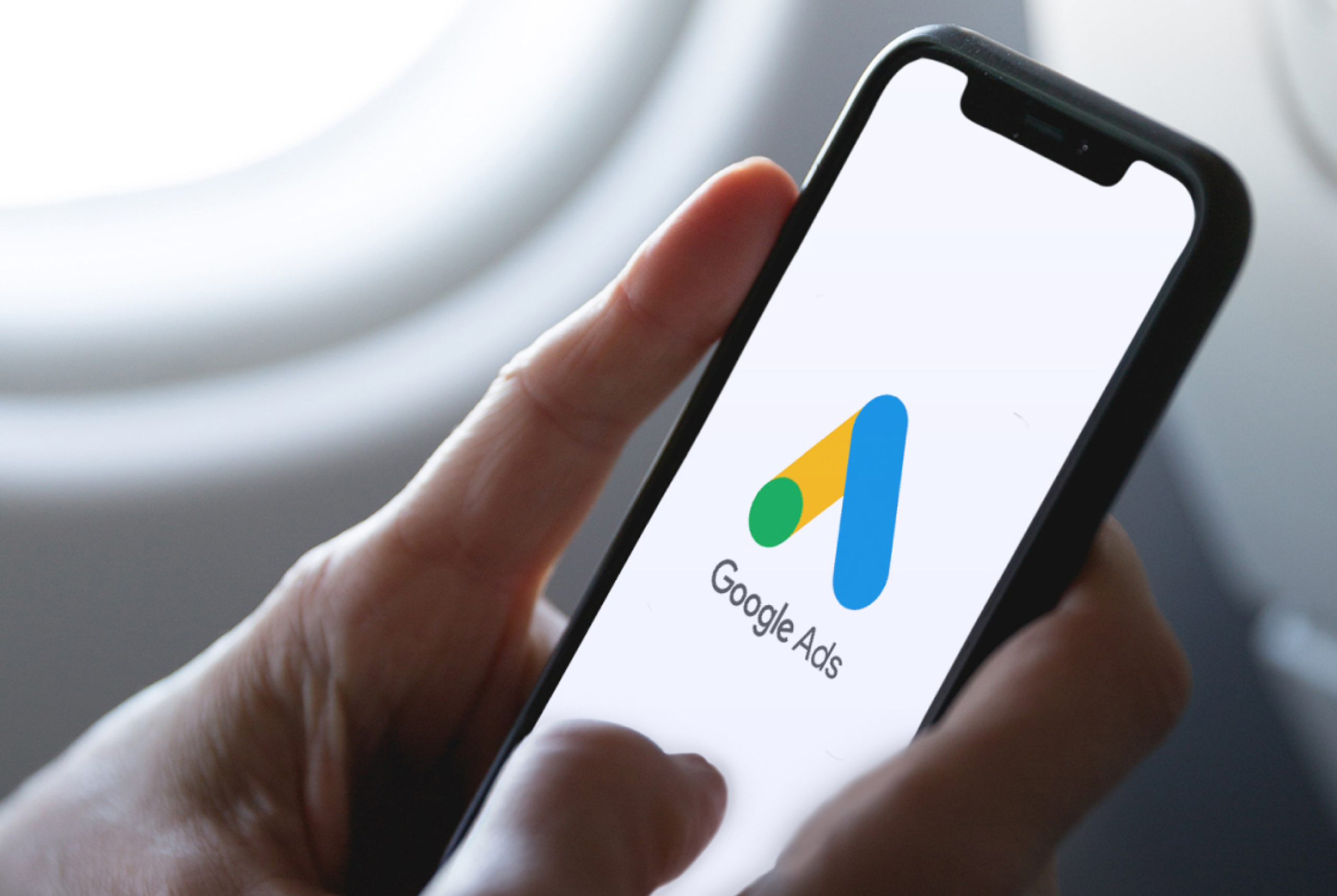You’ve brainstormed great keywords, typed up awesome ads, your consultants are ready for all the new leads but ... oh, where are the leads?
Pay-per-click (PPC) advertising is one of those things that’s super easy to get started in, but a little tricky to master. This is especially true in any recruitment business which lacks the internal capacity to master these extensive (and, let’s be honest, not very pretty) marketing tools.
Which is where we come in.
If you’re planning a new ad campaign for LinkedIn, Google or Meta, these are the common mistakes we see recruiters making – and how to avoid them.
What are the most common PPC mistakes in recruitment?
Targeting the wrong audience
Neglecting negative keywords
Poor ad copy and messaging
Mismatched landing pages
Ignoring conversion tracking and data analysis
1. Targeting the wrong audience
In recruitment, it’s easy to rush setting up your ads – excited to go live and drive results, not quite spending enough time on the finicky stuff. But, high-value clients can get pretty niche, and the smarter we are about finding those VIPs, the more cost-effective it’ll be to win their attention (and their clicks).
So, before anything else, we need to pause and get really clever with our targeting.
Quick audience ad targeting tips:
Pinpoint employers and decision makers. When setting up audience targeting, picture the perfect client and scribble down their details. Think about their job title, their demographics and even specific companies they work for.
Use the right keywords. Do your target keywords sound more like the type of thing a decision maker or a job seeker would come up with?
Leverage smart targeting tools. LinkedIn, Google Ads and Meta have a ton of targeting options. Seize the opportunity and get super granular with it, right down to someone's specific interests, the places they hang out online, even the colour of pens on their desk (well, maybe not that last one). When you point your ads in the right direction, they’ll do better work.
Learn more: LinkedIn ads vs. Meta for recruiters: Which is best?
2. Neglecting negative keywords
A negative keyword isn’t a keyword for people who hate things – in fact, it’s not a keyword at all. It’s the opposite! Instead of telling an ad platform to attract people who use the terms we like, we tell it to target people who don’t use certain terms.
For example, we don’t want to find job seekers using terms like “apply for jobs” or “hiring near me”, right? So, to avoid wasting budget on irrelevant clicks, we would add these phrases as negative keywords so that our ads know to steer clear. Easy!
3. Poor ad copy and messaging
PPC ads are a next-level marketing tool, but they’re not magic. Even the most precise targeting and best keywords can trip up on getting leads if the ad copy itself doesn’t stop someone’s thumb from scrolling.
Common ad copy mistakes we see include:
Skipping over employer pain points. Need drives business decisions, so tapping into those needs will boost your results. What challenges do your clients face? Is it talent shortages? Long hiring processes? You've got the solution, so let’s call it out.
Using generic recruitment language. Your agency isn’t like anyone else’s, so it shouldn’t sound like just anybody. Make your ad copy uniquely yours, oozing with great branding and offering a strong value proposition that sets you apart.
No clear call to action. A strong CTA catches the eye and makes thumbs tap buttons – think ‘book a consultation’ or ‘submit a vacancy’.
4. Mismatched landing pages
Your ads don’t stand alone – they have to lead somewhere. That’s where your landing pages take the stage.
What does a great landing page look like?
A real hot landing page, one that captures the eye and secures leads, will usually have a few common features:
An ad-friendly format. The landing page should be tailored for an ads audience. Employers aren’t here to scroll through a bunch of service pages, they’re here to get something – whether that’s a free download or a consultation. Resist the urge to send your ads to the home page (it can muddle your message).
A clear value proposition. Drive home the unique benefits of signing up with your agency (or whatever you want users to do) and try to keep it snappy. We don’t want them to have to scroll far.
Lots of social proof. Most decision makers like to see proven results before they'll pick up the phone. That’s where your social proof shines – add some reviews and testimonials to the page, and even better, a case study.
A lead capture form. We’re here to capture leads, so we need a form – big and bold, preferably near the top so users don’t need to scroll for it.
Good use of keywords. Remember all those targeted keywords from before? Try to weave them into the landing page copy. It'll make for a consistent brand message, a smoother user experience and bump up your SEO.
5. Ignoring conversion tracking and data analysis
This is the last piece of the PPC puzzle, and it’s the one that turns short-term wins into a long-term client conveyor belt.
Great recruitment marketing takes time. Usually, ads perform OK-ish at first, but then you look under the hood, see which ads won leads (or not), and optimise. Your next ads do a bit better, and then even better after that. Conversion tracking and data analysis are key to getting that cycle of continuous improvement rolling.
Common ad analytics mistakes to avoid:
Not tracking form submissions, booked calls or employer enquiries. If you can’t track conversions, it’ll be harder to pinpoint which ads are your money-makers.
Failing to track offline conversions. Those are leads which convert after a phone or email follow-up.
Over-reliance on clicks and impressions. Clicks are a great sign of strong ad copy, but we really want employer enquiries too. That’s where ROI comes from.
Not using your CRM. Your past successes are sitting right there in your CRM, waiting to be used. Tap into that database to create a lookalike audience of your top clients, then go find their doppelgangers.
Failure to run email-based retargeting. Got someone's details but lost their engagement? Google, Meta and LinkedIn all let you upload CRM data to retarget potential employers with a fresh new message.
Ignoring audience exclusions. Like negative keywords, audience exclusions are a way of telling a platform not to show your ads to certain people. For example ... existing clients.
How to get started in PPC advertising as a recruiter
Getting started in online paid advertising is pretty simple – just start small. Pick a platform that seems right for your audience, test out a few different messages and keywords, play with the settings, and see what results you get. Over time, keep looking at the data, keep optimising, and you’ll grow from there.
Want to jump the queue? At Three Sixty Digital, we’re the PPC experts for busy recruiters in Australia and New Zealand – with a specially designed marketing service tailored to the needs of the recruitment industry.
Learn more about getting started with us in Google advertising and social media advertising, or chat with our experts to brainstorm a plan of attack for your agency.




